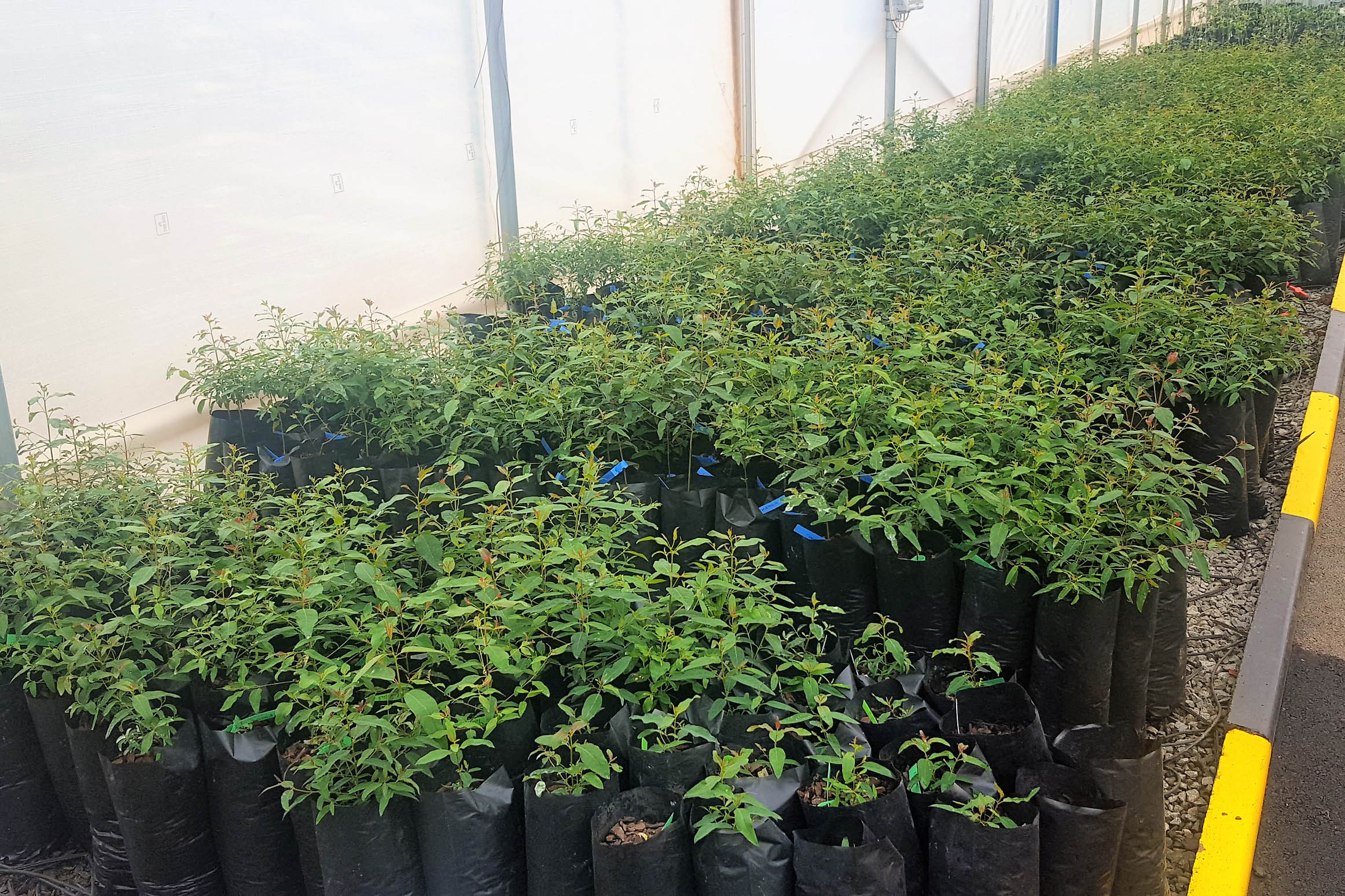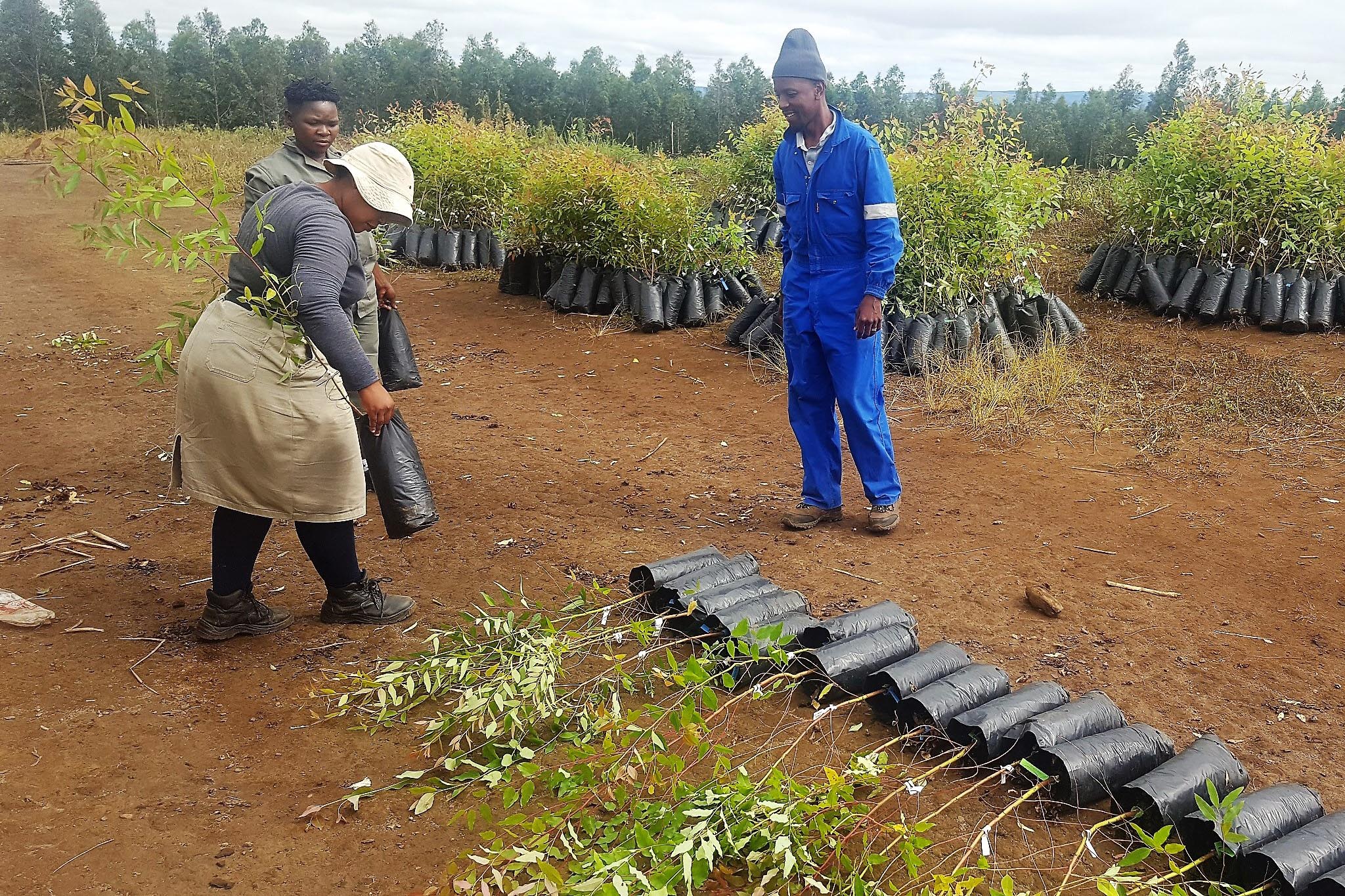New publication explores genetic diversity hidden within natural populations of Eucalyptus grandis 2020-09-28
The genomes of extant organisms harbour footprints of natural selection that can be used in combination with environmental data to predict how a species will likely navigate climate change. Despite its global commercial importance, little is known about the genetic diversity hidden within natural populations of the subtropical model tree species, Eucalyptus grandis. In the study recently published in Molecular Ecology by Mostert-O’Neill et al. from the Forest Molecular Genetics (FMG) programme in FABI, the population structure and patterns of genetic differentiation of E. grandis was determined in terms of neutral and adaptive genetic diversity in 596 individuals sampled from 32 provenances covering the natural species range. By combining principal component analysis, modified ancestry mapping with resolution at sub-chromosomal level, and environmental association analysis, evidence was uncovered that E. grandis has undergone introgression in provenances at the edge of the species’ fundamental niche, likely in response to increased aridity. This study confirmed that the natural species range of E. grandis retains a rich reserve of genetic diversity supplemented by putatively adaptive interspecific gene flow in some regions. The germplasm used in this study is being conserved in a gene conservation park in the KwaZulu-Natal Midlands, and will be the foundation of large landscape genomics common garden trials currently being established by Sappi and Mondi in South Africa.



